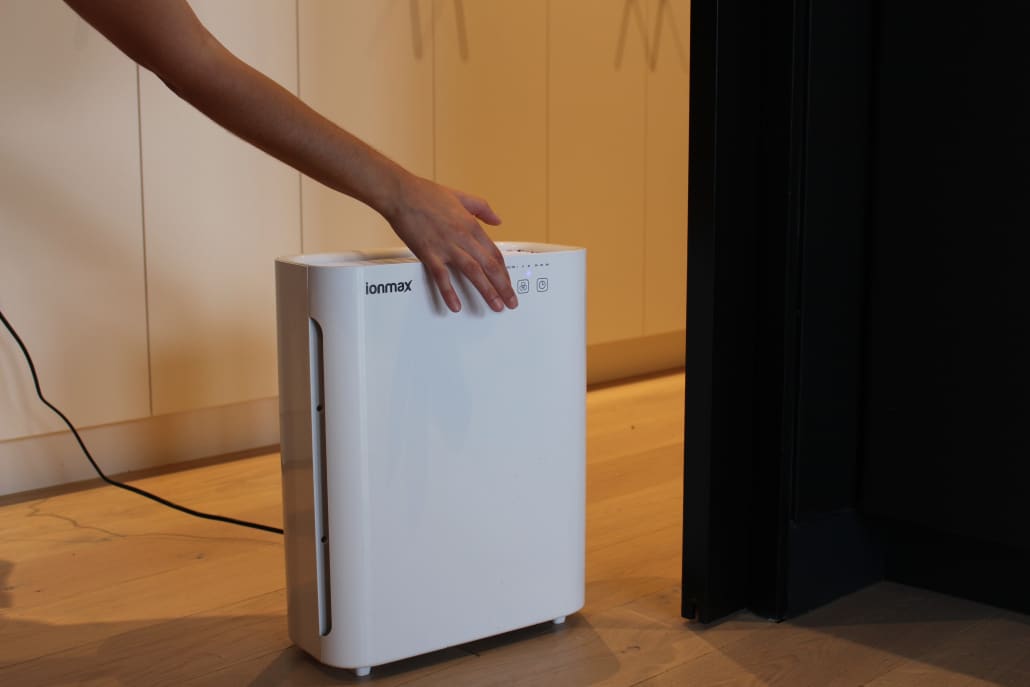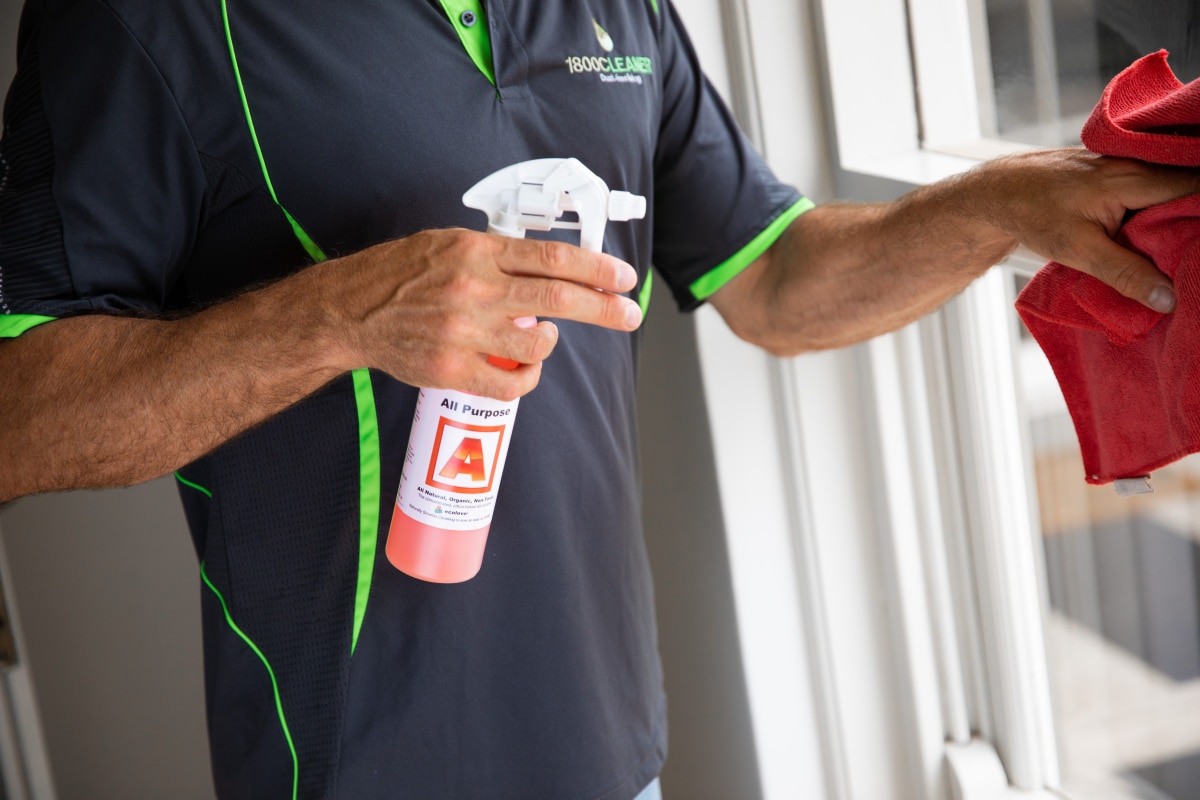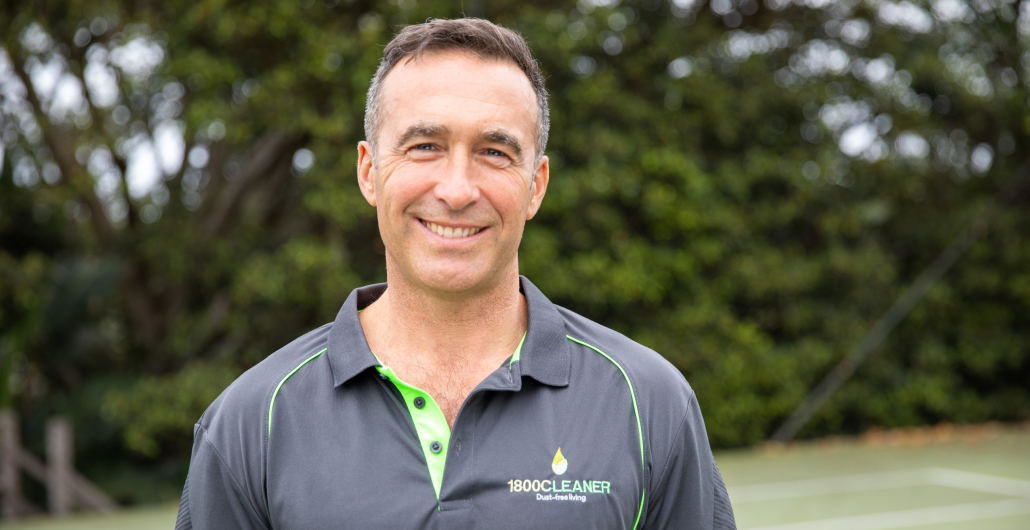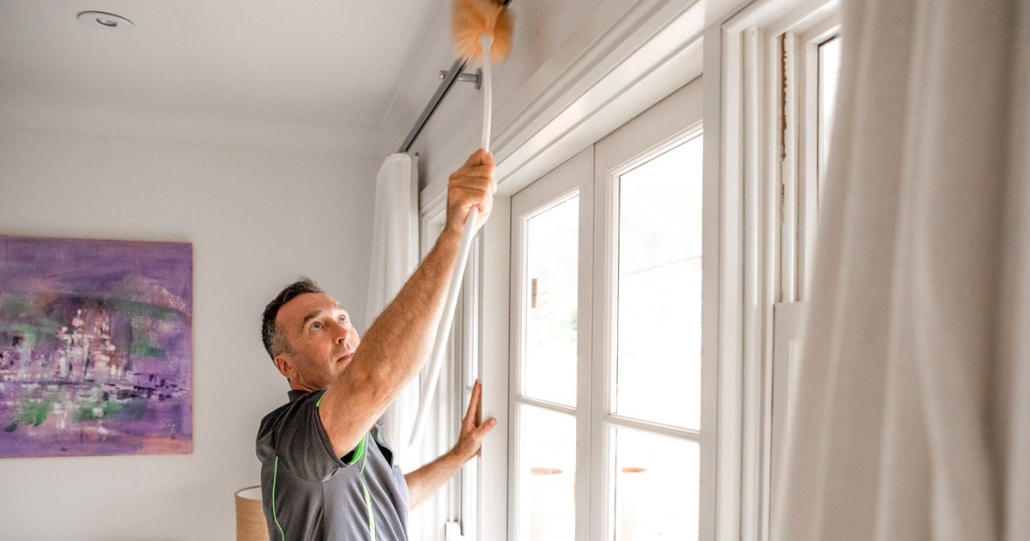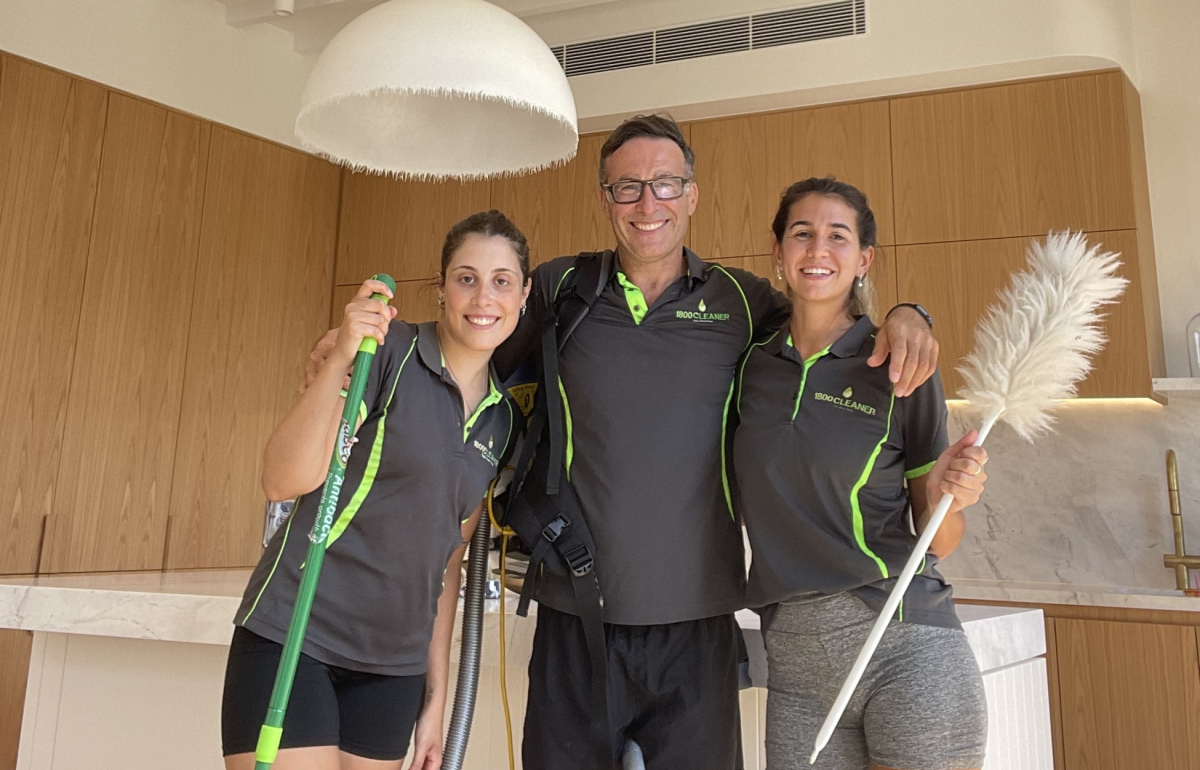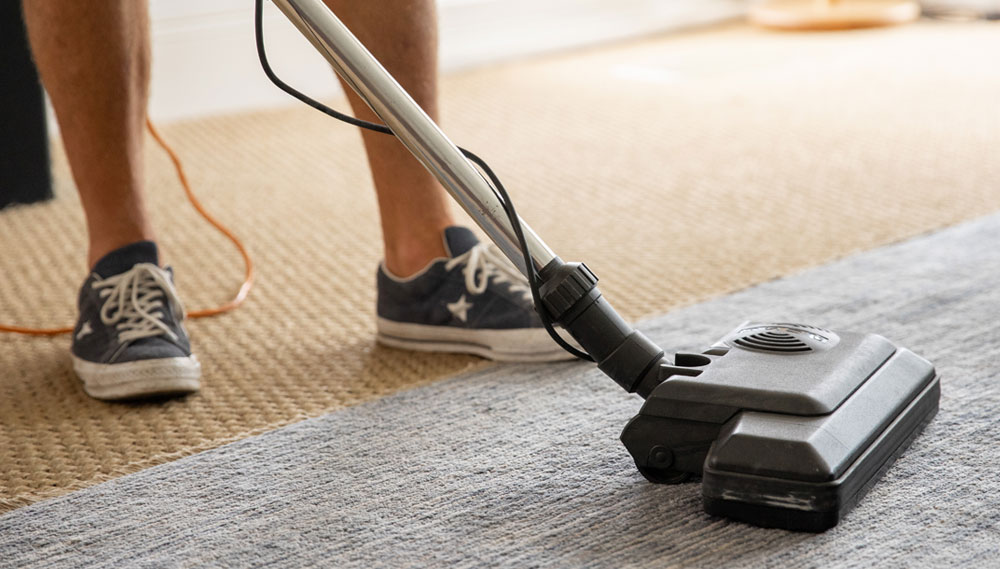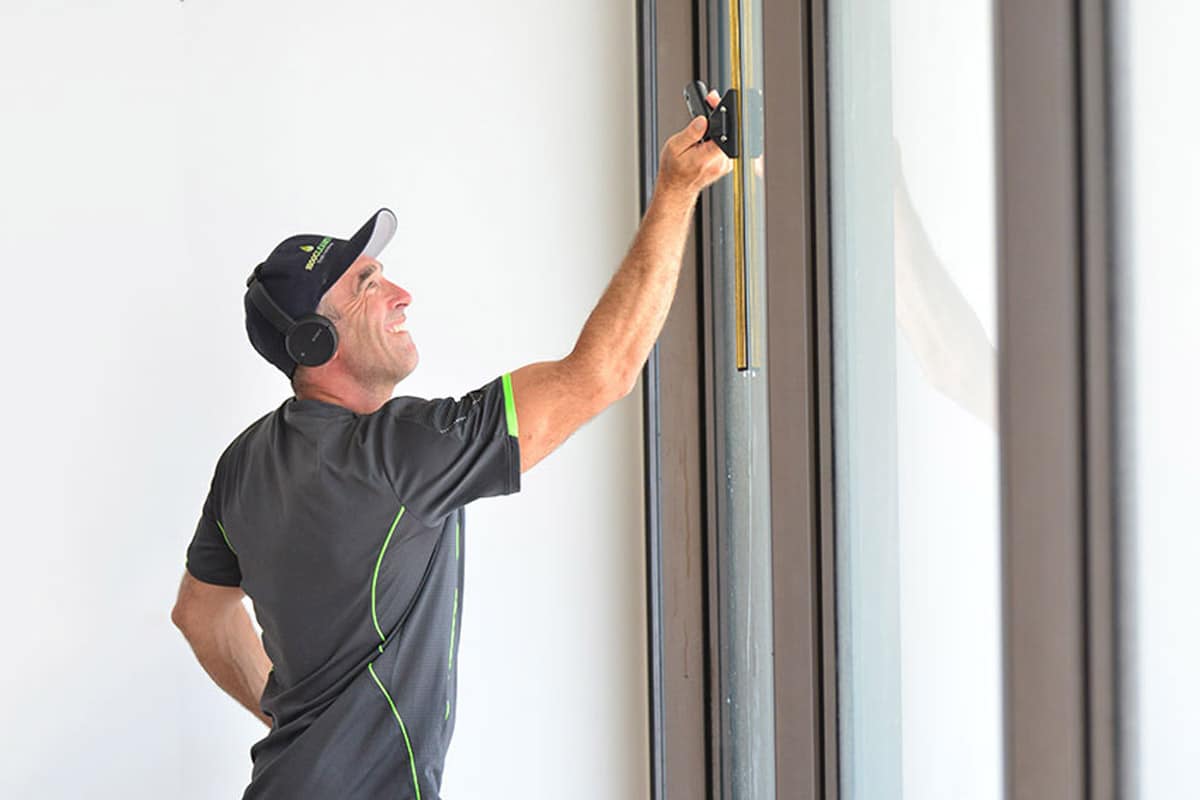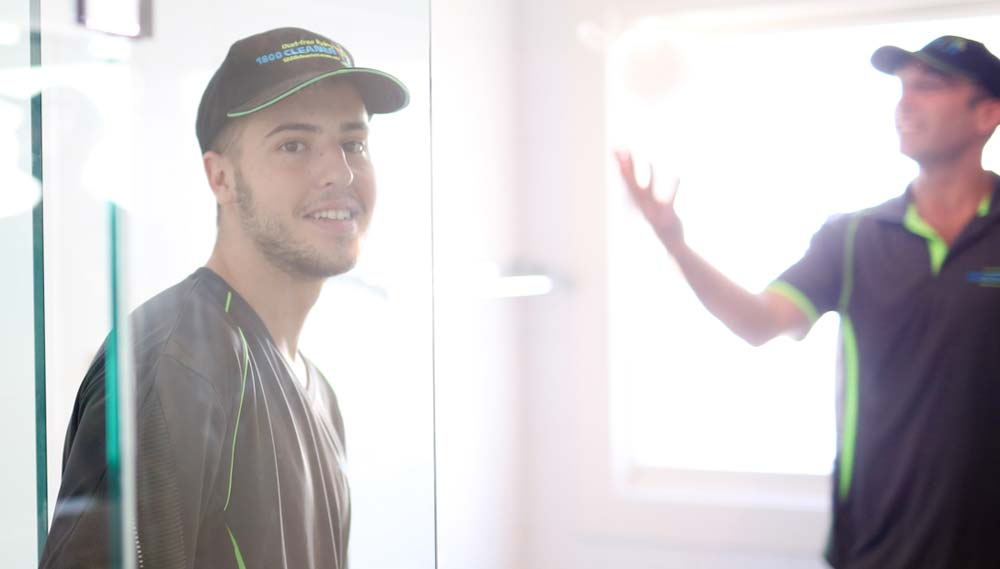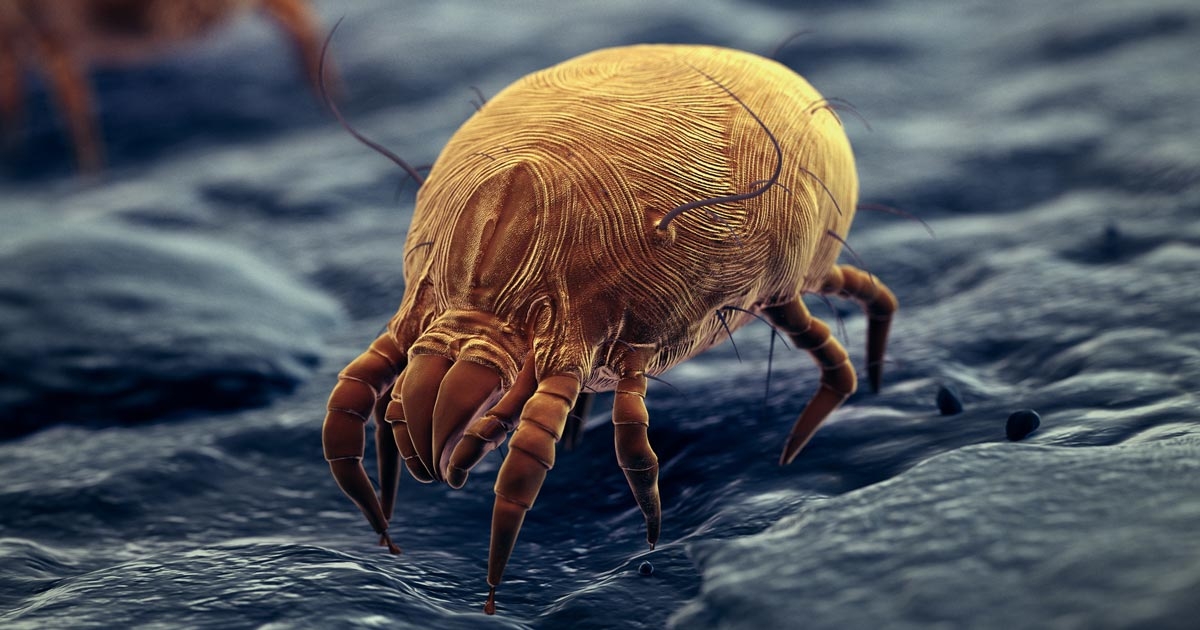Can a dust allergy ever be cured?
Estimates indicate that approximately 10% of the world’s population is allergic to dust. The goal for dust allergy sufferers is to minimise their exposure to dust mites. This involves keeping dust levels in your home to a minimum. When you do this, you can be confident that you’ll have fewer and less severe allergic reactions. It’s impossible to get rid of every dust mite in our homes. But that isn’t what’s important. What matters is to get rid of most of the dust mites in your home, which you can do. We can take the following steps to reduce their number in our living environment dramatically.
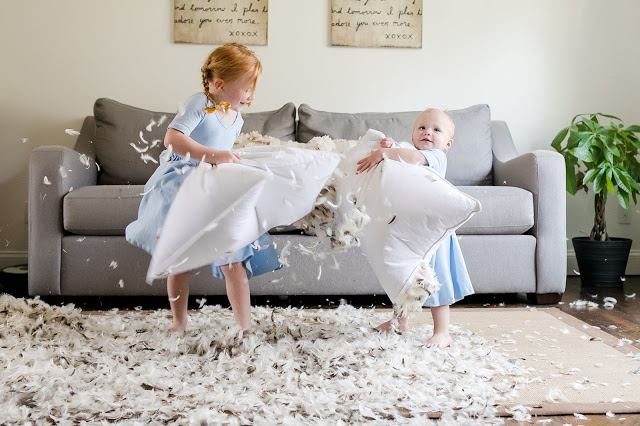
Children living without dust
Start with your bed
Our bed is where the maximum exposure to dust mites occurs. Dust mites live on our dead skin scales. And where we sleep creates an abundance of food for them. And so they thrive in our mattresses and on our sheets and bedding. So getting a mattress protector is vital. This will create a physical barrier between you and the dust mites in your mattress. Next, ensure you wash and change your sheets and bedding regularly and, ideally, wash them with hot water. Finally, if you use a duvet and are reluctant to wash it, every few months, put it in a black plastic bag out in the hot sun for half a day to scorch any dust mites inside.
Next is to deal with the dust
The faeces of the dust mites trigger most of our allergic reactions to dust. And these are microscopic. They are so small that we can’t see them. This dust is difficult to remove because it goes airborne when we disturb it. Even the slightest breeze can send it into the air, where it stays suspended for up to five days. So it would be best to let it settle and calmly wipe down all surfaces with a moist microfibre rag before you start dusting and vacuuming. Over time with this technique, you will catch ever-decreasing amounts of fine particle dust in your home. Make sure you have door mats at the entrance to your home and, ideally, have a no-shoe policy to diminish new dust and irritants entering your home. You also want to clean under and behind your furniture, so the fine dust has nowhere to hide and “leak out” later. You should clean seriously like this once per week. A specialist dust-extracting cleaning service can reduce these dust levels quicker and can cut the need down to a fortnightly service.
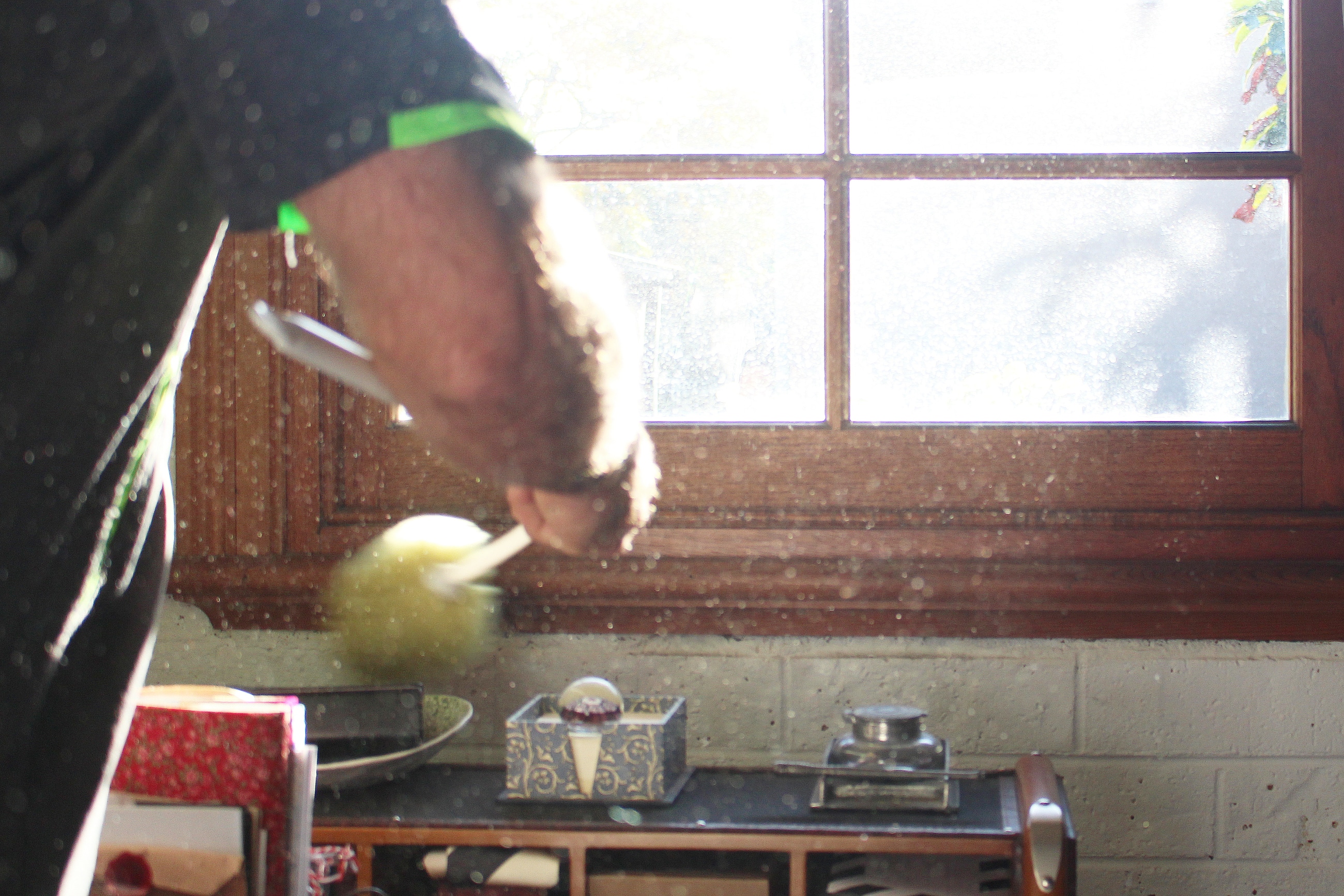
Dealing with the dust is a very important step to avoid allergies
Use anti-bacterial air filters
If your dust allergy is beyond mild, consider getting an air filter for your room. This must be HEPA grade at a minimum and should also have an anti-bacterial filter. These are now quite affordable and can be easily found or ordered online. If you want to get serious, you will also get a negative ioniser which will help make the airborne dust heavier so it will drop quicker.
It is wise to make your bedroom sacrosanct and a place that nurtures you without rugs or carpet, as these are cities for dust mites to breed. Further, you want to reduce the amount of clutter in your home as this gives dust and dust mites a place to hide. The ideal is a minimalist home with many open landing surfaces that are easy to clean. Ensure your vacuum has a HEPA-grade filtration system and collect all the visible dust you can regularly. As you can’t see the microscopic dust, start to get curious about it. You will sometimes see it twinkling through a shaft of sunlight in the morning. Give it time to settle, and then try to get as much as possible from your environment with the aforementioned wet cloth technique.
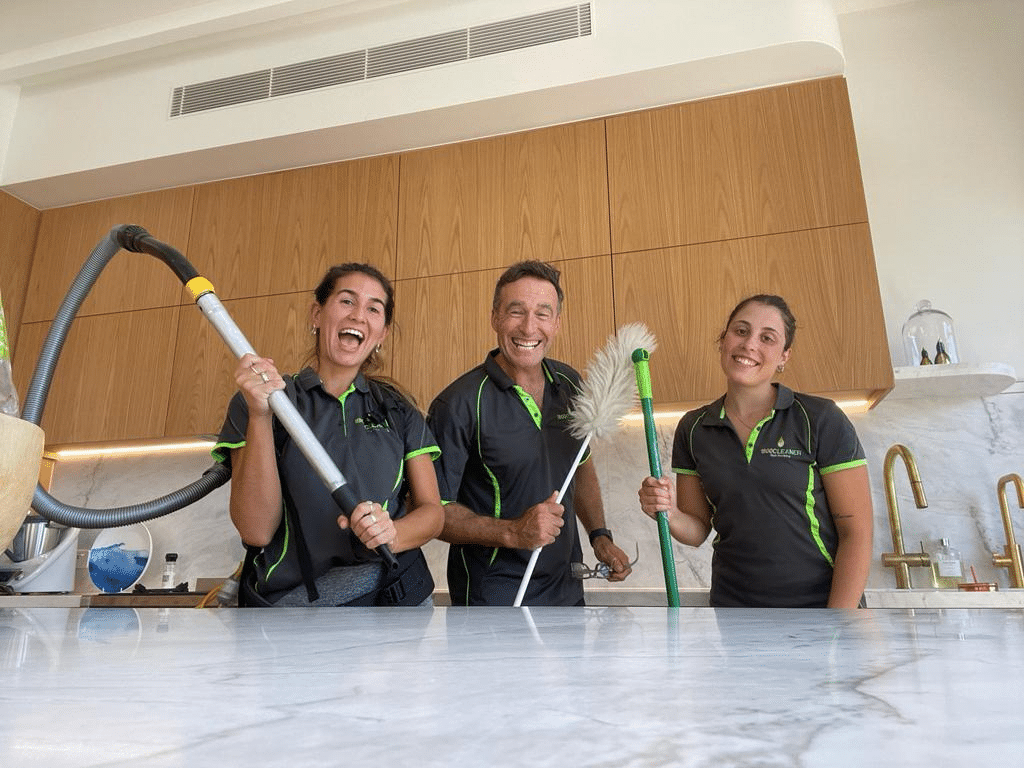
Happy 1800 CLEANER team
Managing dust is the solution
Once you understand how dust behaves and how easy it is to disturb and send airborne, you’ll get the hang of collecting it stealthily. And then, over time, you’ll reduce the amount of it you live with. This will reduce the dust mite’s food source and cut into their breeding cycle. And then you’ll find you can breathe easier with a dust-free life.



